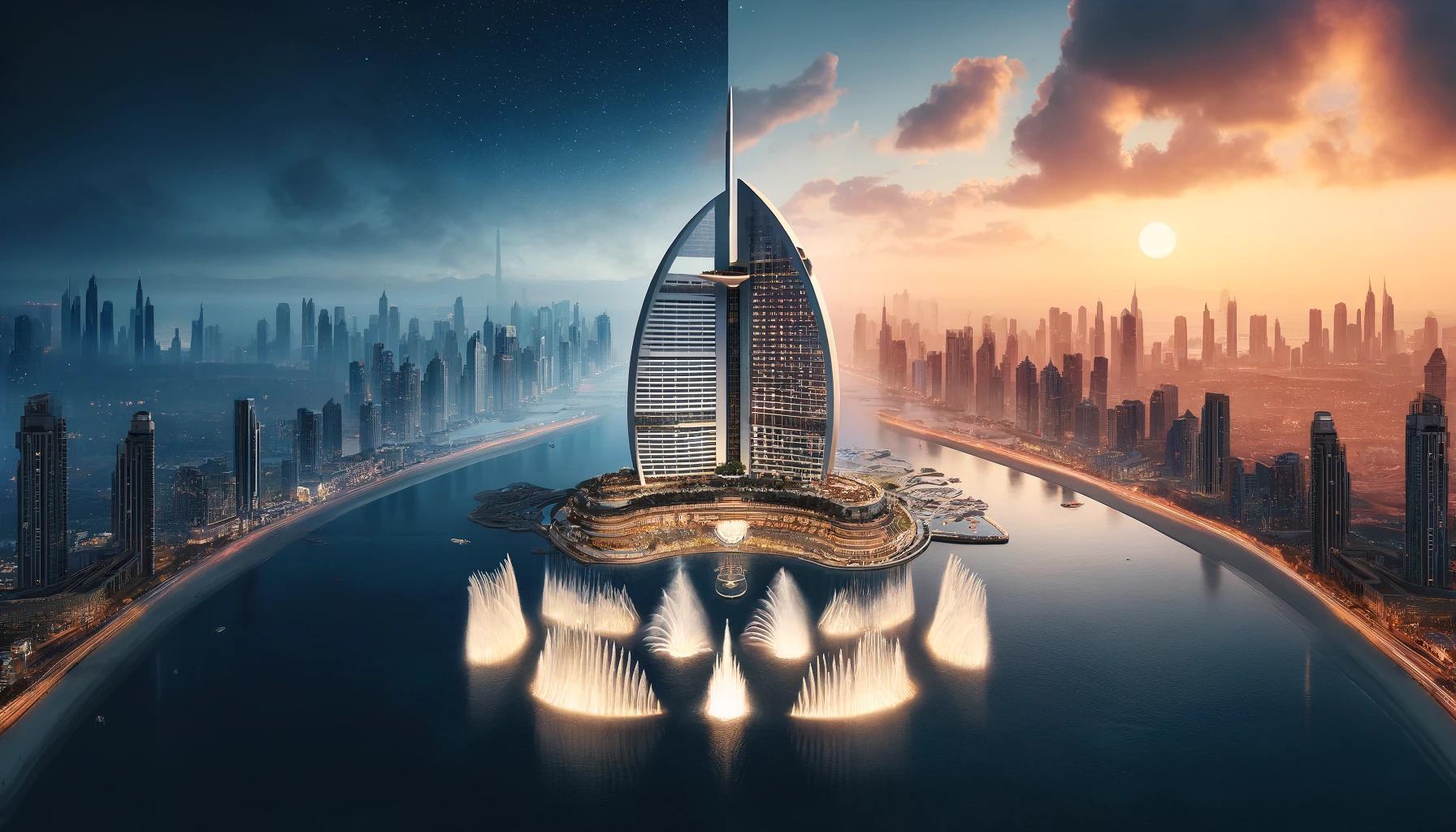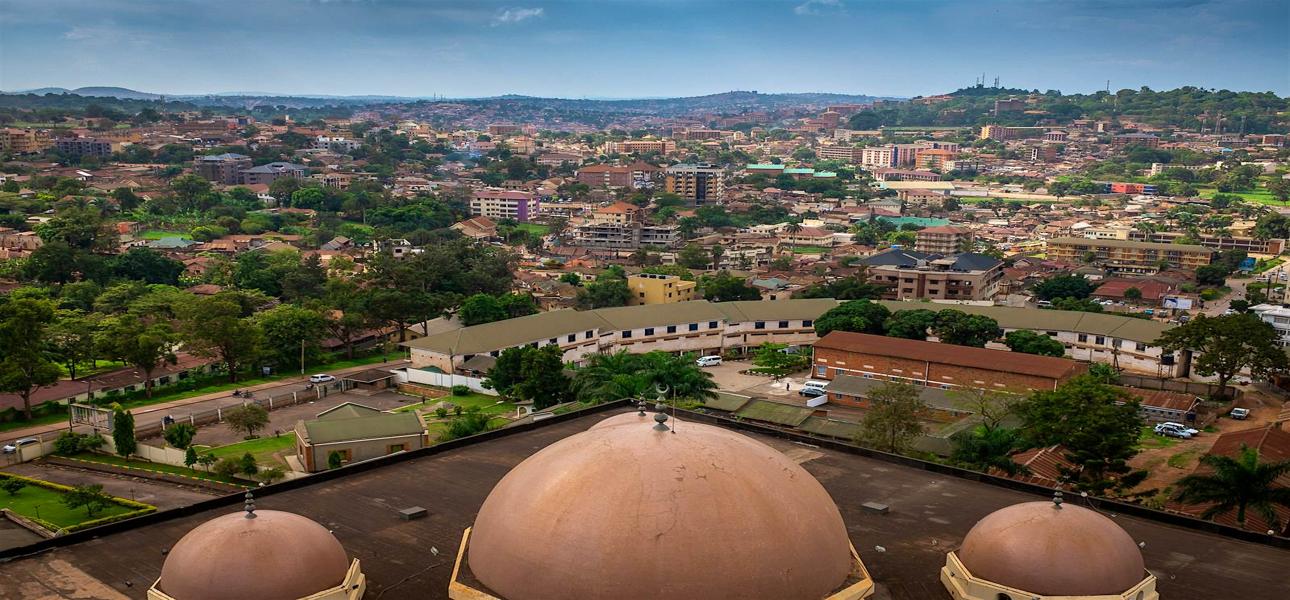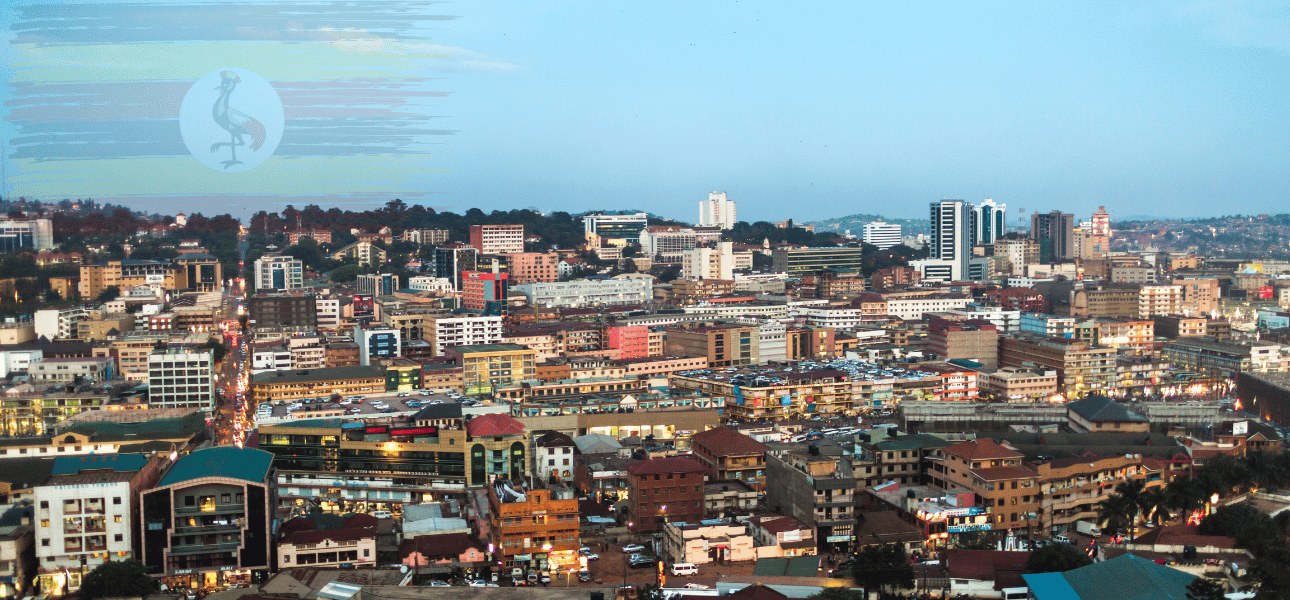Comparing the Capitals of the East African Community

The East African Community (EAC) is a regional intergovernmental organization composed of seven member states: Kenya, Uganda, Tanzania, Rwanda, Burundi, South Sudan, and Tanzania. Each country’s capital city is a vibrant hub of culture, commerce, and governance, reflecting the unique characteristics and histories of their respective nations. This blog compares the capitals of the EAC member states: Nairobi, Kampala, Dar es Salaam, Kigali, Bujumbura, Dodoma, and Juba, offering insights into their distinct features and contributions to the region.
Nairobi, Kenya: The Bustling Metropolis
Nairobi, the capital of Kenya, is one of Africa’s most dynamic and cosmopolitan cities. Known as the “Green City in the Sun,” Nairobi is a major financial, technological, and political center in East Africa. The city is home to numerous multinational companies, making it a hub for business and innovation.
Key attractions include the Nairobi National Park, where wildlife roams against the backdrop of skyscrapers, and the Karen Blixen Museum, which celebrates the author of "Out of Africa." Nairobi's vibrant cultural scene includes theaters, art galleries, and music venues, reflecting the city's diverse population. However, Nairobi also faces challenges such as traffic congestion and urban sprawl.
Kampala, Uganda: The City of Seven Hills
Kampala, the capital of Uganda, is renowned for its picturesque landscape of hills, wetlands, and lakes. This city is the cultural and economic heart of Uganda, offering a blend of traditional and modern attractions.
Kampala’s highlights include the Kasubi Tombs, a UNESCO World Heritage site, and the bustling Owino Market, where visitors can experience the vibrant local culture. The city is also known for its lively nightlife, with numerous bars, clubs, and restaurants. Despite its beauty and vibrancy, Kampala grapples with issues like inadequate infrastructure and traffic congestion.
Dar es Salaam, Tanzania: The Haven of Peace
Dar es Salaam, though not the official capital (which is Dodoma), remains the largest city and the main commercial hub of Tanzania. Its name means "Haven of Peace," and it serves as a gateway to the Indian Ocean, with a bustling port that handles most of the country's trade.
Dar es Salaam boasts beautiful beaches, historical sites like the National Museum, and cultural centers such as the Village Museum. The city's coastal location makes it a melting pot of cultures, with a rich history influenced by Arab, Indian, and European traders. However, Dar es Salaam faces challenges like rapid urbanization and environmental degradation.
Kigali, Rwanda: The Clean and Green Capital
Kigali, the capital of Rwanda, is often hailed as one of the cleanest and safest cities in Africa. This city has undergone significant transformation since the 1994 genocide, emerging as a symbol of reconciliation and progress.
Key attractions include the Kigali Genocide Memorial, which offers a poignant reminder of the past, and the Inema Arts Center, showcasing contemporary Rwandan art. Kigali's well-maintained streets, green spaces, and efficient public services reflect the city's commitment to sustainable development. However, Kigali continues to work on improving economic opportunities and reducing poverty.
Bujumbura, Burundi: The Lakeside Charm
Bujumbura, the capital of Burundi, is located on the northeastern shore of Lake Tanganyika, one of the world’s deepest and longest freshwater lakes. The city is known for its stunning lakeside views and vibrant local markets.
Visitors to Bujumbura can explore the Livingstone-Stanley Monument, marking the meeting point of famous explorers, and the Rusizi National Park, home to hippos and crocodiles. The city’s relaxed atmosphere and scenic beauty contrast with the political and economic challenges faced by Burundi, including efforts to rebuild and develop post-conflict.
Dodoma, Tanzania: The Administrative Center
Dodoma became Tanzania’s official capital in 1974, although Dar es Salaam remains the economic powerhouse. Dodoma was chosen for its central location, symbolizing the unity of the nation.
The city is home to government offices and institutions, including the Tanzanian Parliament. Dodoma’s attractions include the Gaddafi Mosque and the University of Dodoma. The city’s development is ongoing, with investments in infrastructure and urban planning aimed at enhancing its role as the administrative heart of Tanzania.
Juba, South Sudan: The New Frontier
Juba, the capital of South Sudan, is the youngest capital city in the EAC, established after the country gained independence in 2011. Juba is located on the banks of the White Nile and serves as the political and economic center of South Sudan.
Despite its recent establishment, Juba faces significant challenges, including political instability and infrastructure deficits. However, the city also represents hope and potential for the future, with ongoing efforts to build institutions and foster development. Key attractions include the John Garang Mausoleum and the bustling Konyo Konyo Market.
Conclusion
The capital cities of the East African Community each offer unique experiences and reflect the diverse cultures and histories of their respective nations. Nairobi stands out as a bustling metropolis, Kampala charms with its scenic hills, Dar es Salaam blends coastal beauty with commerce, Kigali exemplifies cleanliness and progress, Bujumbura offers lakeside charm, Dodoma serves as an administrative hub, and Juba represents a new frontier. Together, these cities contribute to the rich tapestry of East Africa, showcasing the region's dynamic growth and vibrant cultures.
If you are a tour operator based in any of these cities we encourage you to consider attending the EAUK Tourism & Cultural Expo on November 8-9 at the prestigious Rembrandt Hotel in London!
Participants fees is only £300 while Exhibitors pay only £1000
Secure your spot now by registering at eauktourismexpo.com 💻 or call us at 0800105555 ☎️ for more details!

Pande Nabende
Related content
Interdum et malesuada fames






